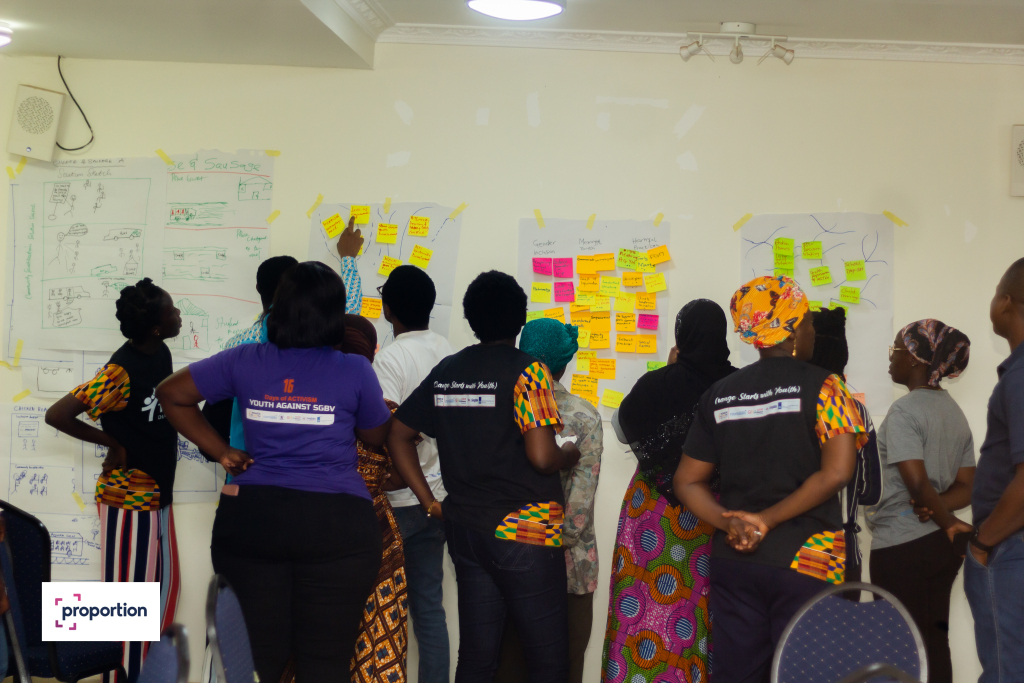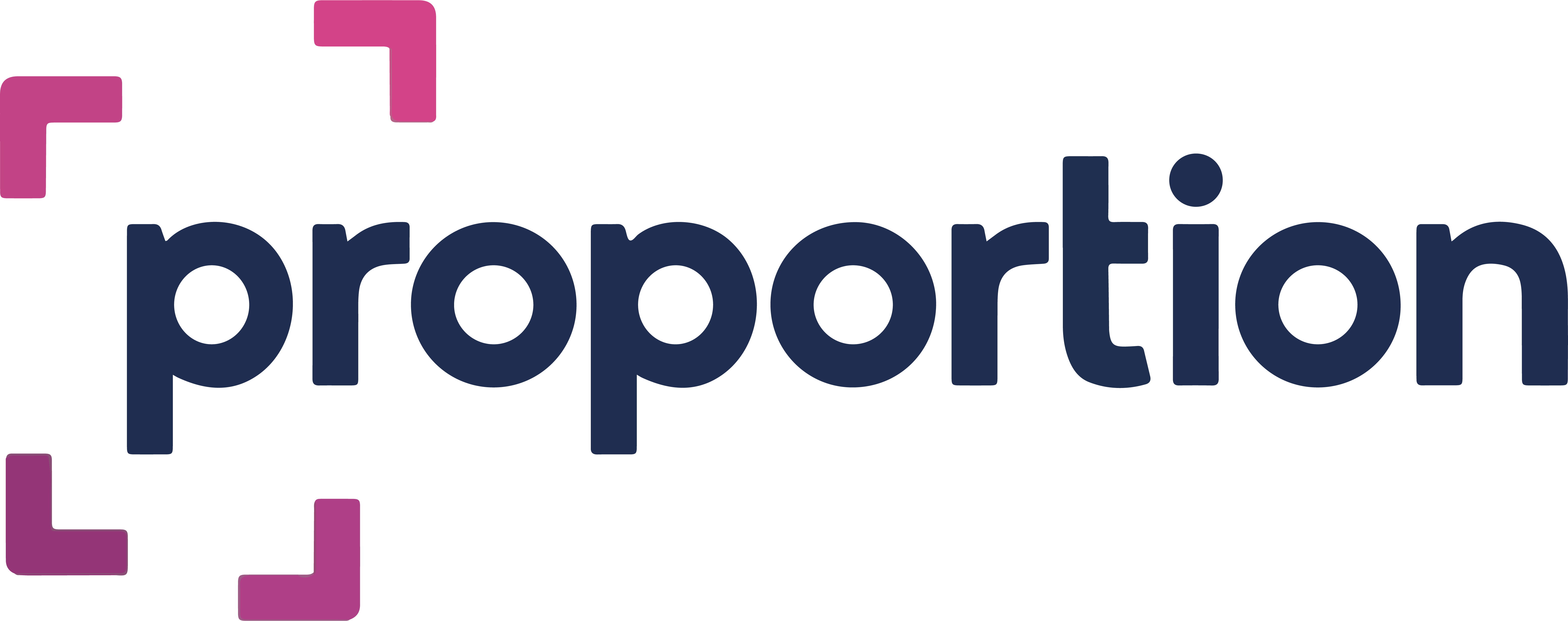
Power To You(th) (Ghana Innovation Challenge)
Situation
Despite Ghana’s legal, constitutional, and political frameworks aimed at promoting youth participation in governance, significant challenges persist. Funding constraints and limited capacities of locally mandated institutions hinder the meaningful engagement of youth. Additionally, the exclusive use of English in meetings and official documents prevents many, especially uneducated youth, from participating in governance and development issues effectively. According to the 2021 Ghana Statistical Service report, the youth population in Ghana increased from 34.6% in 2000 to 38.2% in 2021. However, this demographic growth has not translated into tangible opportunities for youth engagement in governance. The situation is particularly dire in the northern regions of Ghana. A field visit to various districts implementing the PTY program, including Mion, Tamale Metro, Kpandai, and Nanumba South, revealed a worrying lack of youth participation in the meetings of Metropolitan, Municipal, and District Assemblies (MMDAs). Approximately 80% of the young people engaged were unaware that they should be part of the assembly process to contribute their views on development issues and hold state actors accountable. In the Mion district, only one out of 42 young people had ever attended a town hall meeting, an essential accountability forum. Furthermore, even when young people are considered, the focus is typically on energetic, educated young men, often excluding adolescent girls and young women (AGYWs), persons with disabilities (PWDs), and the uneducated. This lack of inclusive engagement leads to the development of policies and decisions that marginalize and exclude these groups from critical development processes.
Assignment
The problem we aim to solve is the limited participation of youth, particularly Adolescent Girls and Young Women (AGYW) and marginalized groups, in governance processes within Ghana. Despite frameworks encouraging youth involvement, systemic barriers, funding constraints, and the use of English in official settings hinder meaningful engagement.
Our design challenge formulation addresses this issue by asking: “How might we effectively engage young people, especially AGYW and marginalized groups, to participate in the annual planning and review meetings of their districts and municipalities so that they are aware and able to influence projects and initiatives that will benefit youth?”
This challenge is critical as it seeks to create inclusive mechanisms that empower all youth demographics to be part of governance processes. By focusing on AGYW and marginalized groups, the aim is to ensure these often-overlooked voices can contribute to and influence decisions that directly affect their communities and futures.
Approach
Our process comprised these key phases: Sensitization, Discover, Create, Pilot Preparation, and Pilot. Each phase was designed to ensure a comprehensive and effective approach to addressing youth engagement in governance.
- Sensitization Workshop: We began with a sensitization workshop for the staff of the PtY program in Ghana. This workshop aimed to introduce them to Human-Centered Design (HCD) and its application as an innovative problem-solving methodology. The objective was to equip the staff with the knowledge and tools necessary to enhance the project’s efficiency through HCD principles.
- Discover Phase: Following the workshop, we formed an “Innovation Team” comprising key program managers from the Consortium of organizations led by Norsaac, guided by HCD coach Ahmed Saalim. The team conducted extensive design research in selected program communities in Northern Ghana to understand the motivations and barriers faced by youth in participating in annual district planning meetings. They also interviewed duty bearers, MMDAs, and CSO leaders for insights into accelerating youth involvement in local governance. This phase culminated in the development of our “How Might We” (HMW) framework to guide our solution creation.
- Create Phase: Armed with research insights, we held a three-day design sprint to develop innovative solutions to the identified problems. Multiple concepts were generated and iterated upon, leading to the finalization of a concept dubbed “YouthaTalk.” We then prepared rapid prototypes and conducted user interviews to gather feedback, refining the concept further based on the input received.
- Pilot Preparation Phase: In this phase, we developed a pitch deck for our innovation, presenting it before all PtY country programs and HCD coaches globally. This presentation was part of a selection process to identify the top three innovations across six country programs for funding and support. Our team from Ghana was successfully selected among the top three.
- Pilot Phase: Currently, we are in the Pilot Phase, where we will test and implement our innovations in three selected communities in Northern Ghana. This phase aims to validate the effectiveness of our solution, “YouthaTalk,” and make necessary adjustments based on real-world feedback and outcomes. Through these structured phases, we aim to drive significant youth participation in governance, ensuring their voices are heard and influential in the development processes of their communities.
Results
Our process culminated in the development of “YouthaTalk,” an innovative platform designed to facilitate the engagement of young people with district assemblies. This solution provides an avenue for youth to participate in assembly planning committee meetings and parliamentary sessions where they can deliberate on issues that matter to them. By enabling effective participation, “YouthaTalk” aims to ensure that the voices of the youth, particularly those of Adolescent Girls and Young Women (AGYW), Persons with Disabilities (PWDs), and ethnic minorities, are heard and considered in local governance. It contains a structured mechanism for youth engagement at community and district levels, inspired by the National Youth Authority of Ghana’s youth parliament but with enhanced principles of engagement. The inclusion of MMDAs and CSOs as patrons ensures that young participants receive guidance and capacity building, enabling joint reflection and co-creation of solutions tailored to the diverse needs of the youth. This structure will not only promote active participation but also emphasize the representation of marginalized groups.
This project was commissioned by Amref Health Africa, and delivered by a consultant of Proportion Global. If you’ve enjoyed reading this case and want to dive deeper, we’d love to hear from you. Contact us to discuss ideas, ask questions, or explore collaboration. Contact Us


Responses